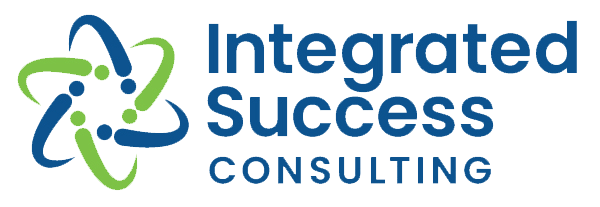The leaders I work with often arrive feeling frustrated and stuck after trying to solve the same problems over and over with little progress. The issue isn’t their problem-solving skills; they’re just focused on the wrong things. But, hey, that’s what we’ve been taught to do.
Traditional leaders are trained to look for problems that need to be “fixed”—treating human beings and human systems like machines. But humans are much more complex. And when we focus on drilling down into to the problem, often a hefty amount of blame gets assigned along the way. A negative spiral happens fast: employees are burned out, bummed out and generally feel less than excited about coming to work or offering new ideas. That can’t be good for business.
Change your mindset and leap into radical success
For leaders like us, though, success comes when you move beyond focusing on what’s not working. Imagine what could happen if you focused on the times you or your team were successful! Make THAT what you dig into and see a whole new dynamic emerge!
The simple fact is that we change best when we feel strong and capable. So, when we change our focus, people feel safe to innovate. The result? An upward spiral, as your people feel uplifted and the organization begins to achieve even greater results. Change your thinking to change your outcomes.
Are you ready to get un-stuck?
I help leaders create thriving workplaces. Email me today if you want to stop endlessly chasing problems and start building success based on what’s already working for your team.

